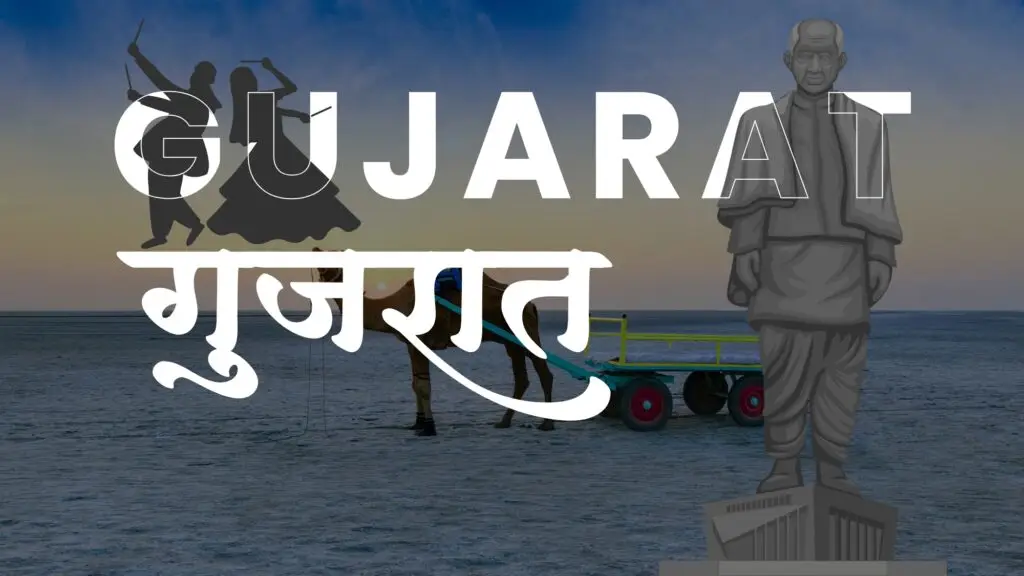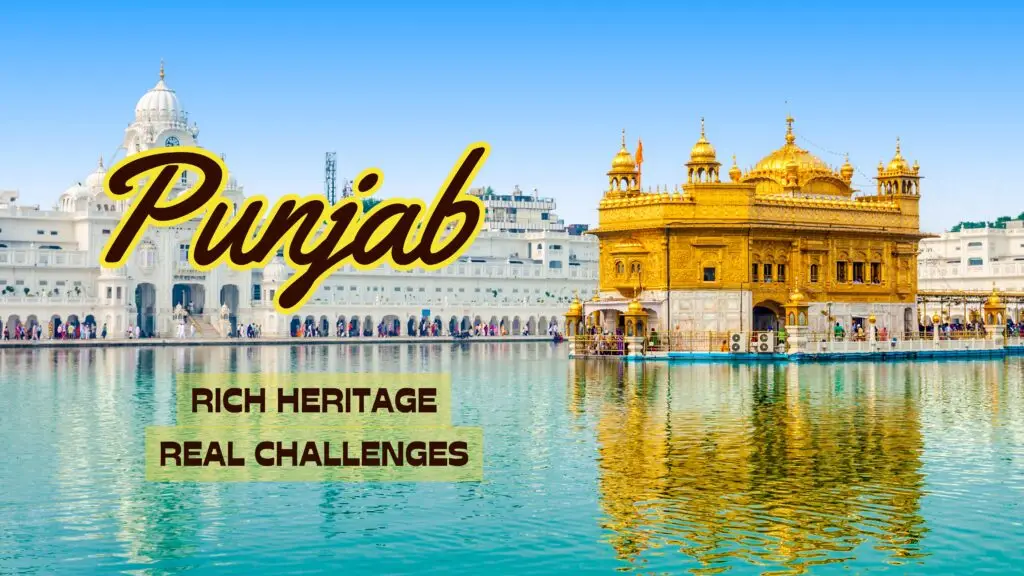Tripura, located in the north-eastern corner of India, is a hidden gem often overlooked but brimming with a unique charm. Though small in size, this ancient princely state boasts a rich tapestry of tribal cultures, a profound historical legacy, green landscapes and a quiet determination to carve its path in modern India. Bordered almost entirely by Bangladesh, Tripura offers a distinct blend of indigenous traditions and Bengali influences, creating a truly unique cultural experience.
Join us on a journey to discover Tripura, exploring its fascinating past, vibrant present, and promising future.

Tripura’s Royal History
Tripura’s history is marked by the uninterrupted rule of the Manikya dynasty, believed to have governed the region for over 500 years, making it one of the longest-ruling royal lineages in India. Ancient texts and archaeological findings point to a rich history stretching back, with evidence.
The kingdom of Tripura maintained its independence for a significant period, even during the Mughal era, often engaging in both conflict and alliances with neighboring powers. The British Raj formally recognized its status as a princely state. The last king, Maharaja Bir Bikram Kishore Manikya Bahadur, was a visionary ruler, known for his administrative reforms and efforts to modernize the state, including land reforms and promoting education.
After India’s independence in 1947, Tripura merged with the Indian Union in 1949. It became a Union Territory in 1956 and finally attained full statehood on January 21, 1972. This journey from a standalone kingdom to a full-fledged Indian state has profoundly shaped its identity and challenges.
Tripura’s Culture
Tripura’s culture is a beautiful mixture of its indigenous tribal heritage and the strong Bengali influence, a result of historical migrations.
- Tribal Culture: The state is home to 19 different tribal communities, with the Tripuri community being the largest. Each tribe has its different dialect, customs and art forms. Their culture is often deeply connected to nature and traditional rituals.
- Festivals: Tribal festivals like Garia Puja and Hojagiri Dance are vibrant expressions of their identity.
- Dances & Music: Folk dances are integral to tribal life, often performed during festivals and harvest seasons, accompanied by traditional instruments like the sumui (flute) and sarinda.
- Crafts: Bamboo and cane crafts are exquisite and widely practiced, producing beautiful furniture, baskets, lamps, and decorative items. Traditional handloom weaving is also significant, with unique patterns and colours.
- Bengali Influence: Due to significant Bengali populations, Bengali language, literature, cuisine, and festivals like Durga Puja are widely prevalent and celebrated with great enthusiasm, adding another rich layer to the state’s cultural fabric.
Nature’s Green Embrace
Tripura is predominantly a land of hills, valleys, and plains, characterized by its lush greenery and numerous rivers.
- Hills and Valleys: The state’s landscape is marked by parallel hill ranges running north to south, interspersed with fertile valleys. The prominent hill ranges include Baramura, Atharamura, and Jampui Hills.
- Rivers: Several rivers, including the Khowai, Gomti, Dhalai, and Manu, cross the state, contributing to its fertility and providing water resources.
- Forests: A significant portion of Tripura is covered by dark forests, home to diverse flora and fauna. These forests are vital for the state’s ecosystem.
- Lakes: Natural and artificial lakes, like Dumboor Lake and Sepahijala Lake, add to the scenic beauty and ecological richness.
Despite its green cover, Tripura faces environmental concerns, primarily related to deforestation, soil erosion in hilly areas and water pollution in some river stretches. The state government is promoting afforestation drives, sustainable land management practices, and encouraging eco-tourism to protect its natural wealth.
Livelihood and Economic Landscape
Agriculture remains the backbone of Tripura’s economy, providing livelihoods for a large portion of its population.
- Agriculture: The primary crops are rice, rubber, tea, and horticulture products like pineapple, jackfruit, and cashew. Tripura is the second-largest natural rubber producer in India, after Kerala, and this industry is a major economic driver. Tea plantations also contribute significantly.
- Forestry: Given its extensive forest cover, forestry products play a role in the local economy, though sustainable practices are increasingly emphasized.
- Industry: The industrial sector is relatively small but growing, focusing on agro-based industries (rubber, tea processing), bamboo and cane products, food processing, and some small-scale manufacturing. The government is working to attract investment in these areas.
- Tourism: This sector is rapidly gaining importance, providing increasing employment opportunities and revenue.
- IT & ITES: While nascent, there’s a growing push to develop an IT sector, especially in Agartala, leveraging its skilled workforce.
Tripura’s economic growth is also boosted by its unique geographical position. Its extensive border with Bangladesh offers significant potential for cross-border trade, which the state is actively trying to leverage through infrastructure projects like the Maitri Setu (Friendship Bridge) connecting Sabroom with Ramgarh in Bangladesh. This bridge is a crucial step towards connecting Tripura to Chittagong Port in Bangladesh, opening up new trade routes for the entire Northeast.
A Warm Northeastern Welcome
Tripura offers a refreshingly off-the-beaten-path experience for tourists. Its hospitality is genuinely warm and welcoming, reflecting the gentle nature of its people who often go out of their way to make visitors feel comfortable.
The state’s tourism potential is vast and diverse:
- Historical & Royal Sites:
- Ujjayanta Palace (Agartala): The former royal palace of the Tripura kings, now a state museum, showcasing royal artifacts and the region’s history.
- Neermahal (Water Palace): A stunning water palace built in the middle of Rudrasagar Lake, showcasing a blend of Hindu and Mughal architectural styles. It’s the only water palace in Eastern India.
- Unakoti: An ancient Shaivite pilgrimage site with colossal rock-cut images and stone carvings of gods and goddesses, hidden amidst lush greenery.
- Tripura Sundari Temple (Udaipur): One of the 51 Shakti Peeths (sacred Hindu pilgrimage sites), highly revered by devotees.
- Natural Beauty:
- Dumboor Lake: A beautiful water body with 48 islands, offering boating and scenic views.
- Sepahijala Wildlife Sanctuary & Zoological Park: A unique wildlife sanctuary where visitors can enjoy boating and see various animals, including migratory birds.
- Jampui Hills: Known as the “Eternal Spring” and “Orange Bowl of Tripura,” offering pleasant weather, lush forests, and stunning sunrise/sunset views.
- Cultural Immersion: Opportunities to visit tribal villages, observe traditional crafts, and experience local festivals.
The state government is actively investing in improving tourism infrastructure, promoting eco-tourism, and marketing its unique cultural and natural attractions to a wider audience.
Tripura’s Taste
Tripura’s cuisine is a delightful blend of tribal flavors and Bengali influences, often characterized by its simplicity, freshness, and the use of indigenous herbs and spices.
- Tribal Cuisine: Less oily and spicy than mainstream Indian food.
- Mui Borok: The staple dish of the Tripuri community, it’s a dry, fermented fish dish (Berma) that forms the base of many preparations, lending a distinct tangy and salty flavor.
- Wahan Mosdeng: A spicy pork salad.
- Chakhwi: A bamboo shoot stir-fry.
- Bangui (sticky rice) and Gudok (bamboo shoot stew) are also common.
- Local Herbs: Use of indigenous herbs like Muya (bamboo shoots), Awandru (fermented rice water), and various leafy greens are central.
- Bengali Influences: Dishes like Macher Jhol (fish curry), Shukto (bitter mixed vegetable curry), and various Bhaja (fried vegetables) are also popular, alongside rice.
- Sweets: Bengali sweets like Rosogolla and Sandesh are widely enjoyed.
Challenges and the Future
Despite its progress and unique strengths, Tripura faces certain challenges common to the Northeastern states, along with some unique ones:
- Connectivity: While improving, connectivity (road, rail, air) with mainland India and within the state can still be a challenge due to hilly terrain.
- Industrial Development: Building a robust industrial base beyond agriculture and traditional crafts remains a key hurdle, requiring significant investment.
- Cross-Border Dynamics: Managing the complexities of its extensive border with Bangladesh, including issues of illegal immigration and smuggling, while simultaneously leveraging cross-border trade opportunities.
- Human Resource Development: Enhancing skills and educational opportunities to absorb its young population into modern industries.
- Environmental Protection: Balancing development needs with the need to protect its sensitive ecosystems.
However, Tripura is strategically positioning itself for a brighter future. The state government is focusing on:
- Connectivity Enhancement: Investing heavily in road, rail, and air infrastructure, and crucially, improving waterways access via Bangladesh.
- Leveraging Proximity to Bangladesh: Maximizing the potential of cross-border trade through initiatives like the Maitri Setu bridge and border haats (markets).
- Developing Gas-Based Industries: Utilizing its natural gas reserves to power industries and attract investment.
- Horticulture and Rubber: Further promoting these strong agricultural sectors for increased farmer income and export.
- IT & Tourism: Aggressively boosting the IT sector and promoting eco-tourism and cultural tourism to create new employment avenues.
- Sustainable Development: Implementing policies that ensure development is balanced with environmental protection and inclusive growth for all communities.
The Quiet brilliance of the Northeast
Tripura, the “Jewel in the Northeast,” may be small, but its spirit is vast. It’s a land where ancient kings held sway, where diverse cultures dance in harmony, and where nature’s bounty provides both livelihood and breathtaking beauty. Despite the challenges of its geography and history, the resilience of its people, their vibrant traditions, and the state’s strategic vision for connectivity and economic growth ensure that Tripura continues to shine brightly, an undeniable testament to the quiet radiance of India’s enchanting Northeast.




